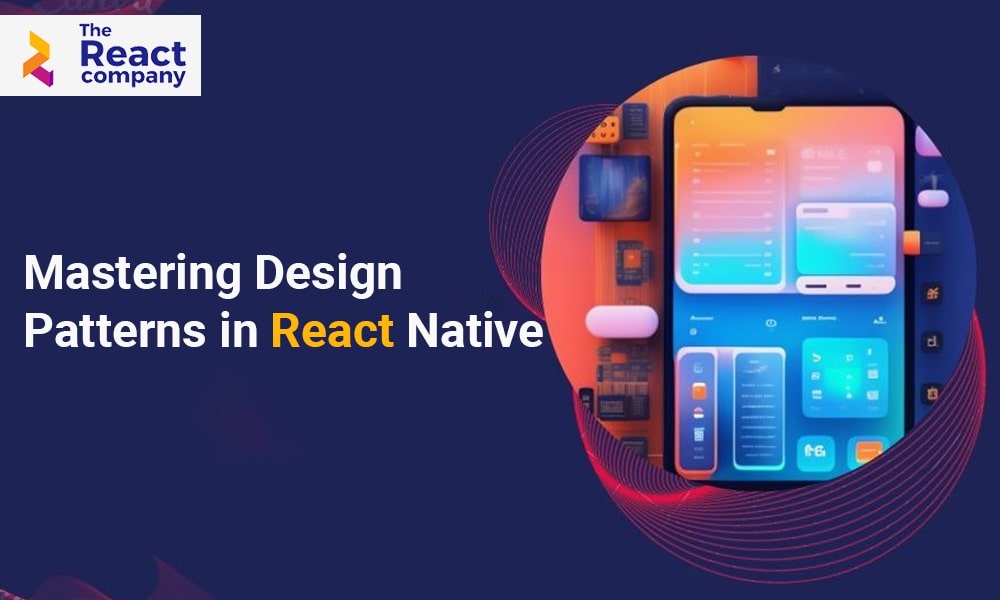React Native has gained immense popularity for building cross-platform mobile applications with a single codebase. However, as your app grows in complexity, maintaining a clean, scalable, and maintainable codebase becomes crucial. This is where design patterns come into play. Design patterns provide proven solutions to common development problems and help streamline the development process. In this blog post, we’ll explore various design patterns that can be applied to React Native applications development. Whether you’re a beginner or an experienced developer, understanding and implementing these patterns can greatly enhance the quality and maintainability of your React Native projects.
1. MVC (Model-View-Controller)
Model: Represents the data and business logic of your application. In React Native, this can be your state management solution, such as Redux or React’s built-in state management.
View: The presentation layer that includes components and UI elements.
Controller: Acts as an intermediary between the Model and View, handling user interactions and updating the Model and View accordingly. In React Native, this can be your component logic.
2. Redux for State Management
Redux is a predictable state container that helps manage the global state of your React Native application.
Actions, Reducers, and the Store are core concepts in Redux. Actions represent events, Reducers specify how the state changes, and the Store holds the application state.
3. Container-Presentational Pattern
Containers (Smart Components): Responsible for data fetching, state management, and interactions with Redux. They often pass data and functions as props to presentational components.
Presentational Components (Dumb Components): Focus on rendering UI and receive data and callbacks via props. They should be reusable and stateless.
4. Singleton Pattern for Services
Singleton pattern ensures a class has only one instance and provides a global point of access to it.
Use this pattern for services like API calls or database access to maintain a single instance throughout the application.
5. Navigation Patterns
React Navigation is a popular library for navigation in React Native.
Stack Navigation: Hierarchical navigation for screens, like a stack of cards.
Tab Navigation: Navigation using tabs for switching between different sections of your app.
6. Higher-Order Components (HOCs)
HOCs are functions that take a component and return a new component with additional props or behavior.
Use HOCs for cross-cutting concerns like authentication, permissions, or logging.
7. Render Props and Function as Children
Render Props: A component that takes a function as a prop and calls it to share data or behavior.
Function as Children: A variation where a component accepts a function as its child, passing data to the function as arguments.
8. Context API for State Propagation
Context API allows you to share data across the component tree without manually passing props down.
Create a centralized state management system by wrapping your app with a Context Provider.
9. Decorator Pattern for Styling
Use a decorator pattern to encapsulate component styling logic.
Styles in React components can be abstracted into decorators, making components more focused on functionality.
10. Adapter Pattern for Data Transformation
The adapter pattern helps you standardize data from different sources (e.g., APIs, databases) so that your application can process it uniformly.
Transform data to match your app’s data models or schemas.
Conclusion
Incorporating these design patterns into your React Native applications can significantly improve code quality, maintainability, and scalability. Choosing the right pattern for a particular situation can lead to more efficient development and better code organization. As you continue to develop React Native applications, consider these patterns as valuable tools in your development arsenal, helping you build robust and maintainable mobile apps. Whether you’re working on a small project or a complex application, these patterns can make a significant difference in your development process and overall application quality.



